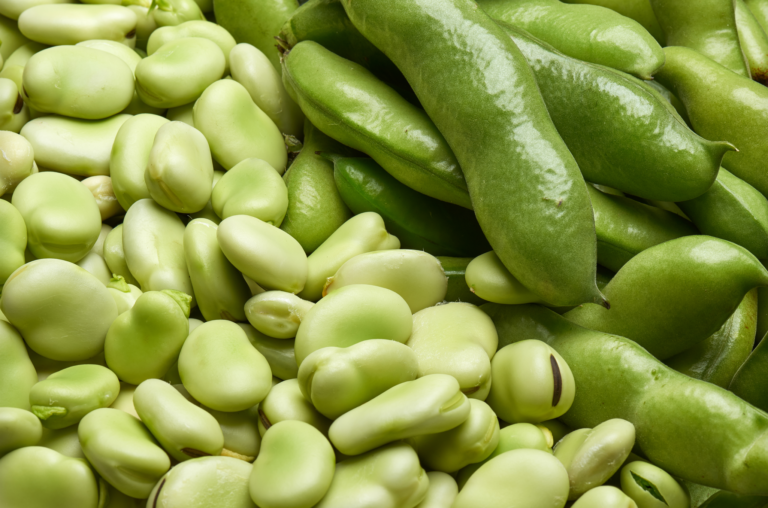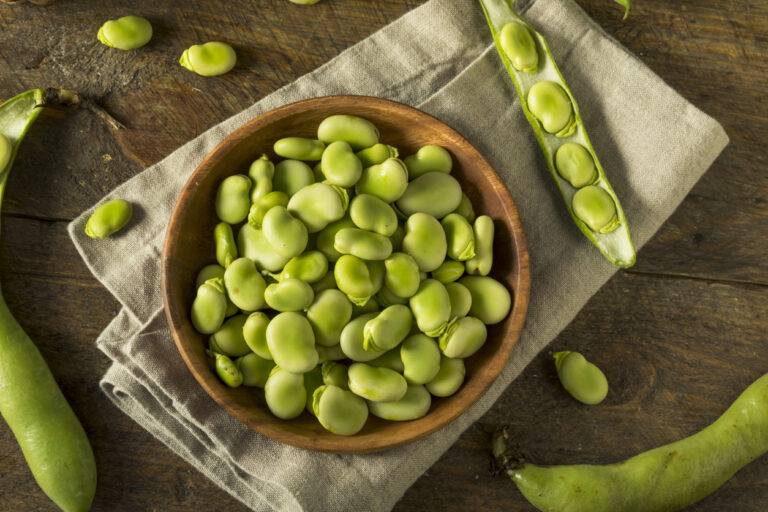
A shift towards a more plant-based and less animal-based diet in accordance with national and international dietary guidelines is conducive to better health outcomes and greater sustainability. For this reason, various organisations in the Netherlands are steering towards a transition from 60% animal, 40% plant protein intake to 40% animal, 60% plant protein intake. This is referred to as the ‘protein transition’.

The fava bean (Vicia faba L.), also known as the broad bean or field bean, is one of the oldest crops in the world. It is an important source of protein in North and East Africa, West and East Asia and the Middle East. The recommendation to eat a more plant-based and less animal-based diet has brought renewed attention to the fava bean.